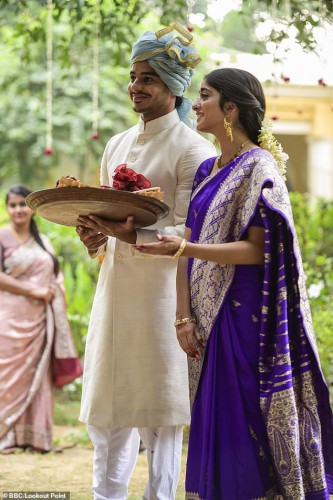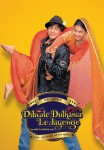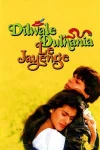A Suitable Boy Season 1 Episode 1

A Suitable Boy- based on the fine albeit long novel of the same name by Vikram Seth- is based in post-partition India (1951) and revolves around the stories and lives of four families: the Khans, the Mehras, the Chatterjees, and the Kapoors.
The first episode begins with Lata Mehra’s sister, Savita’s (Rasika Dugal) wedding to Pran Kapoor (Gagan Dev Riar) who is a university lecturer. Lata’s mother, Rupa (Mahira Kakkar), is already pre-occupied with arranging a suitable match for Lata (Tanya Maniktala). Since weddings are the perfect venue for matchmaking, she is busy putting out feelers about Lata’s availability as a prospective wife. Through all this, Lata, who is keen on continuing with her studies, keeps trying to question the idea of an arranged marriage to someone she does not know.
At the same wedding, we also met Maan Kapoor (Ishaan Khatter)- the son of Revenue Minister Mahesh Kapoor (Ram Kapoor) and younger brother of Pran. He is a playful character who likes to play pranks and jokes with everyone- much to his father’s dismay. He is close friends with Firoz Khan (Shubham Saraf), the son of the Nawab, with whom he shares subtle sexual tension. All this is quickly forgotten when he meets Saeeda Begum (Tabu), a courtesan famous for her singing. This, of course, is scandalous in the fictional town of Brahmpur not just because of her profession, but also because she is much older than Maan (or Daagh Sahib, as she calls him).
Meanwhile, in college Lata meets Kabir (Danesh Razvi) who is a fellow student at her university. She falls in love with him quickly and starts spending more and more time with him. Her friend Malti (Sharvari Deshpande) discovers Kabir’s last name- Durrani, which means that he is a Muslim. This distresses Lata immensely as her family would never agree to an inter-faith match for her. She tries to suppress her feelings for Kabir but is helpless to ignore them.
Both these stories evolve against a backdrop of communal tension between the Hindu and Muslim communities of Brahmpur, and India at large. The fact that some of the ethno-religious tensions depicted in the show hit too close to home today just makes the show all the more interesting. The Maharaja of Marh (Manoj Pahwa) is shown as a comical entitled man with little regard for propriety. There is also a dollop of Hindu nationalism to add to the mix exemplified by the Home Minister who insists that India is a Hindu country. The Maharaja, adamant about causing social unrest, constructs a temple right next to a mosque causing riots in the town.
While Mira Nair has used her flair for finding beauty in all the shots and created a glamorous show, you can’t help but realize the foreign gaze with which it is made. It takes a while to understand who is who, but the show lays the foundation for a well-told story.




.jpeg)
.jpg)
.jpg)



.jpeg)

